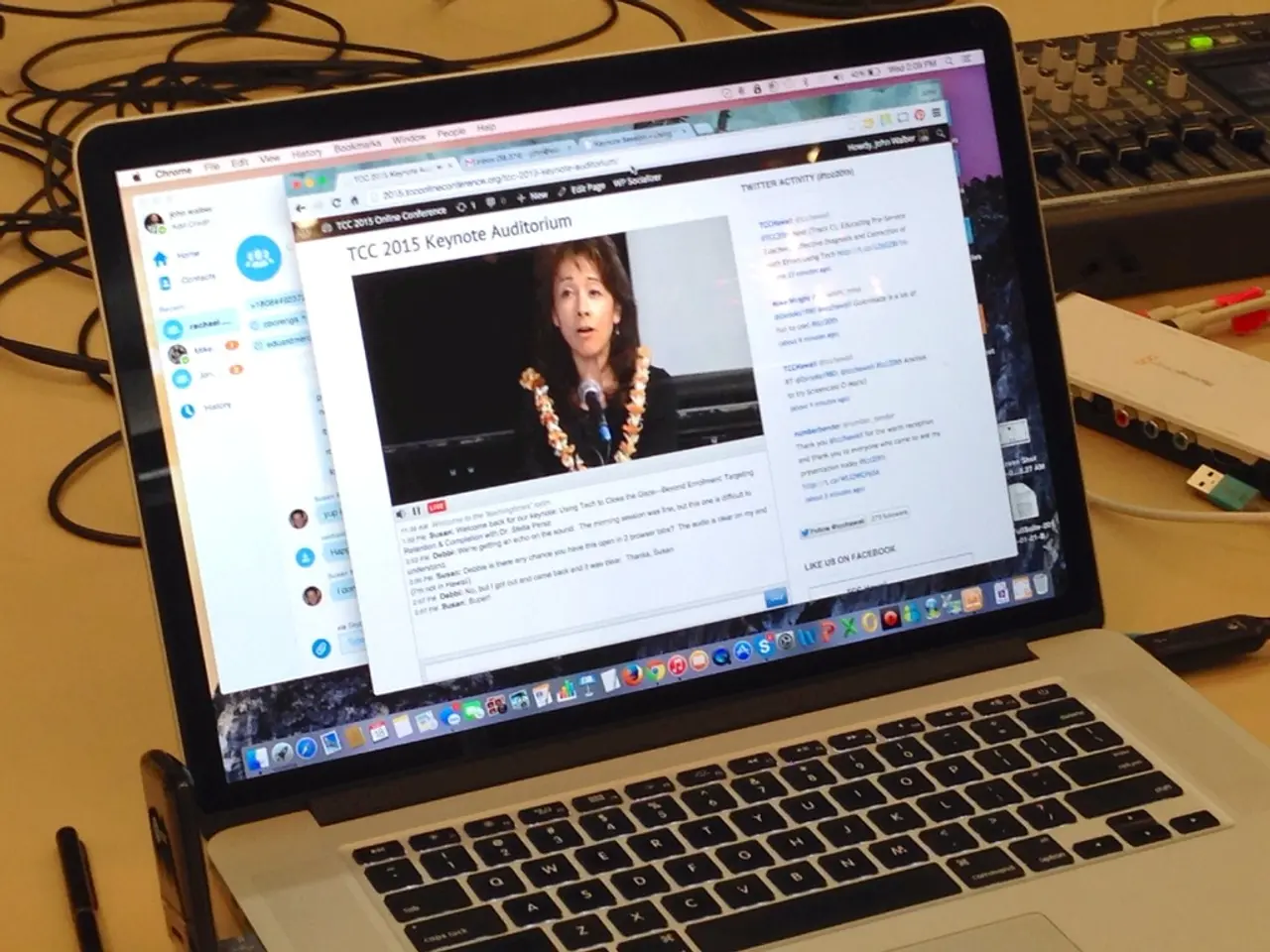Seemless Strategy for Optimized Productivity, Effective for All Users
In today's fast-paced world, it's easy to fall into the trap of multitasking. However, recent findings in neuroscience suggest that rapidly switching between tasks can hamper attention and performance, making single-tasking a more effective approach.
Single-tasking, the practice of focusing on one meaningful task at a time, offers numerous benefits, including improved focus, efficiency, and accuracy. By committing to this approach, individuals can expect to reap rewards such as better quality of work, reduced stress, increased joy, and long-term benefits like improved brain function and emotional regulation.
To implement single-tasking effectively in daily routines, several practical strategies can be adopted. One such strategy is scheduling dedicated deep work blocks, where consistent blocks of uninterrupted time are allocated for a single task. Techniques like the Pomodoro Method, where 25-minute focused intervals are used within these blocks, can help maintain intensity and concentration.
Creating a distraction-free workspace is another essential step. Minimizing digital and physical distractions by turning off notifications, closing unrelated tabs or apps, and organizing your desk to support focused work can significantly enhance productivity.
Batching similar tasks together is another effective strategy. Grouping related activities such as emails, calls, or administrative work into specific periods reduces cognitive switching costs and helps maintain one mental mode, facilitating deeper engagement.
Setting clear priorities is crucial. Identifying the most important task to focus on at any given time rather than juggling multiple jobs simultaneously helps reduce the anxiety and inefficiency associated with multitasking, a productivity myth.
Incorporating mindfulness or short breaks, using brief pauses for activities such as deep breathing or decluttering your workspace to refresh focus and reduce mental fatigue, is also beneficial. Building digital detox habits, such as designating screen-free times, can support mental rejuvenation and prevent overstimulation.
Engaging in cognitive stimulation or creative expression during breaks can boost well-being and sustain long-term focus. By adopting these strategies, individuals can protect their mental energy, reduce stress and anxiety, and significantly improve both the quality of their work and their job satisfaction.
Implementing single-tasking requires effort to execute consistently, especially initially. However, with practice, it becomes easier, and the benefits become more apparent. Involving others like colleagues, friends, and family in single-tasking training can bolster progress.
Starting small and mastering single-tasking in a smaller domain before expanding is a proven technique. After each work sprint, taking a 5-minute break before moving to the following prioritized task is essential. During single-tasking sessions, all mental resources should be exclusively focused on the chosen activity.
As single-tasking becomes a lifelong habit, it substantially increases productivity, transforms careers, and creates more excellent life balance and joy. Consistently applying the single-task principle over time fundamentally changes brain function, leading to feelings of calm, balance, and control amidst daily chaos.
In conclusion, embracing single-tasking can significantly improve productivity, mental health, and overall quality of life. By adopting practical strategies and making single-tasking a habit, individuals can reap the rewards of improved focus, efficiency, and accuracy, leading to a more balanced, less stressful, and more enjoyable life.
By adopting a single-tasking approach, one can foster improved focus, productivity, and personal growth, offering a more efficient and effective way to tackle day-to-day tasks, thereby contributing to long-term benefits like enhanced brain function and emotional regulation. Incorporating tactics such as scheduled deep work blocks, the Pomodoro Method, distraction-free workspaces, batching similar tasks together, and utilizing mindfulness techniques can help execute single-tasking more effectively, ultimately leading to better quality of work, reduced stress, increased joy, and a more balanced lifestyle.




